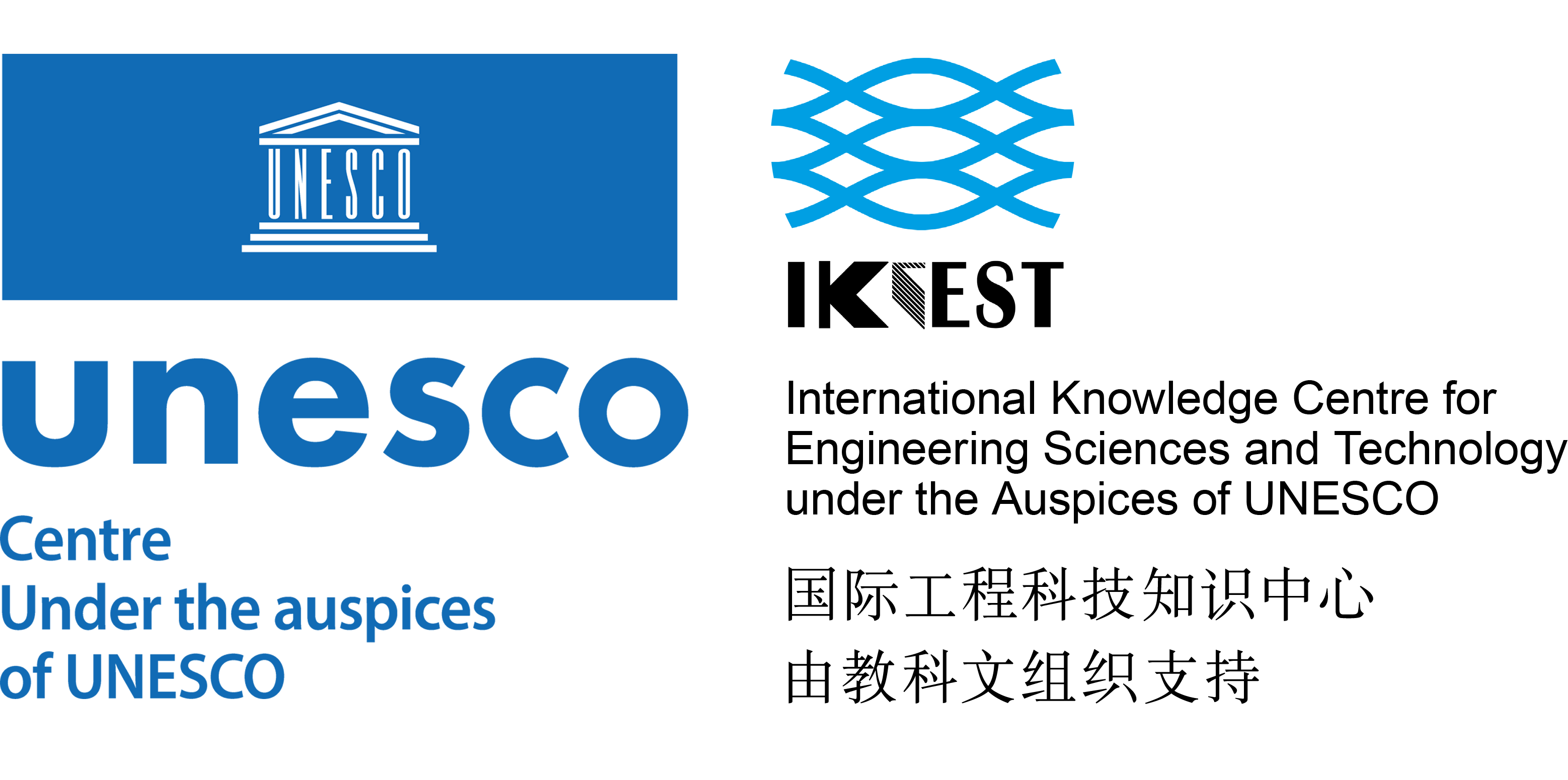GUANGZHOU, May 23 (Xinhua) -- Thanks to China's powerful Tianhe-2 supercomputer and advanced computational algorithms, Lam Tsan-yuk, an associate professor at the University of Hong Kong, can now trace the origin, transmission, and evolution of vital pathogens in massive genetic, epidemiological, and ecological data.
Extending from Guangzhou, capital of south China's Guangdong Province, a dedicated, high-speed network line from the Tianhe-2 supercomputer has become a bridge linking Guangdong and Hong Kong's scientific innovation powers.
"Over the past five years, more than 200 professors from the Hong Kong University of Science and Technology (HKUST) have utilized the Guangzhou supercomputer, just like accessing a local network without any difficulty," said Gao Min, dean of the HKUST Fok Ying Tung Research Institute.
The Guangdong-Hong Kong-Macao Greater Bay Area (GBA) has intensified cross-region scientific collaboration in recent years. Data, funds, talents, and other resources flow more freely as scientific collaboration accelerates.
An example of a recent scientific partnership within the GBA is in the layout of the Southern Marine Science and Engineering Guangdong Laboratory (Guangzhou). The lab set up its headquarters in the Nansha District of Guangzhou, with two branches in Hong Kong and Shenzhen.
At the Greater Bay Area Science Forum, which concluded on Tuesday, building the GBA as a region for scientific collaboration between Guangdong, Hong Kong, and Macao has become a consensus for top experts participating in the event.
Nancy Yuk-Yu Ip, president of the HKUST, called for maximizing the strength of the GBA as an innovation and economic powerhouse to gear up for the aging population.
Vivian Wing-Wah Yam, a professor at the University of Hong Kong, highlighted the importance of continuing basic research. She hoped Hong Kong and Macao could integrate into the national basic science research programs as soon as possible and carry out technology transfer in many cities within the GBA.
Xu Jian, vice rector of the University of Macau, called for enhanced cooperation in traditional Chinese medicine within the GBA. She recalled the establishment of the State Key Laboratory of Quality Research in Chinese Medicine (Macau University of Science and Technology) in 2011, saying that the development of the GBA offers a massive opportunity for Macao.








 User Center
User Center My Training Class
My Training Class Feedback
Feedback












Comments
Something to say?
Log in or Sign up for free